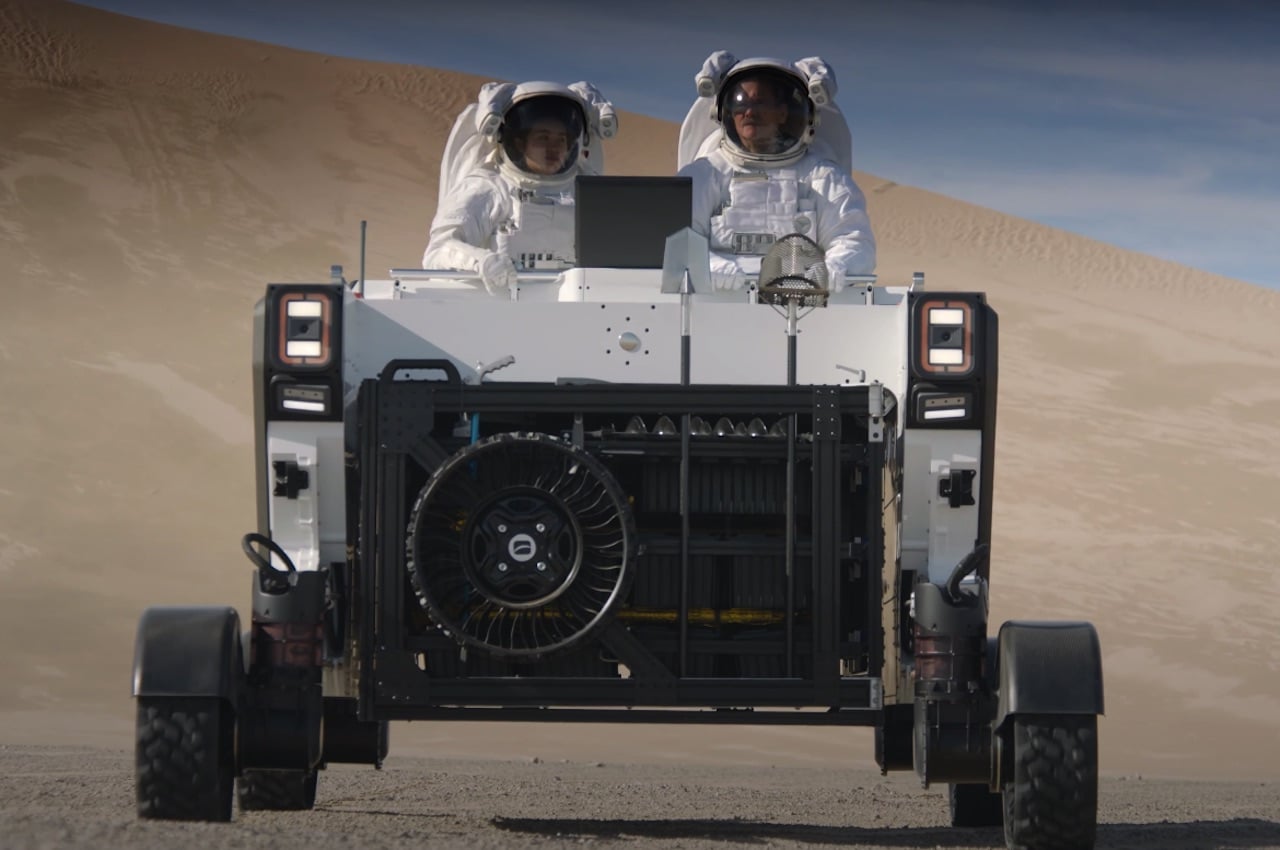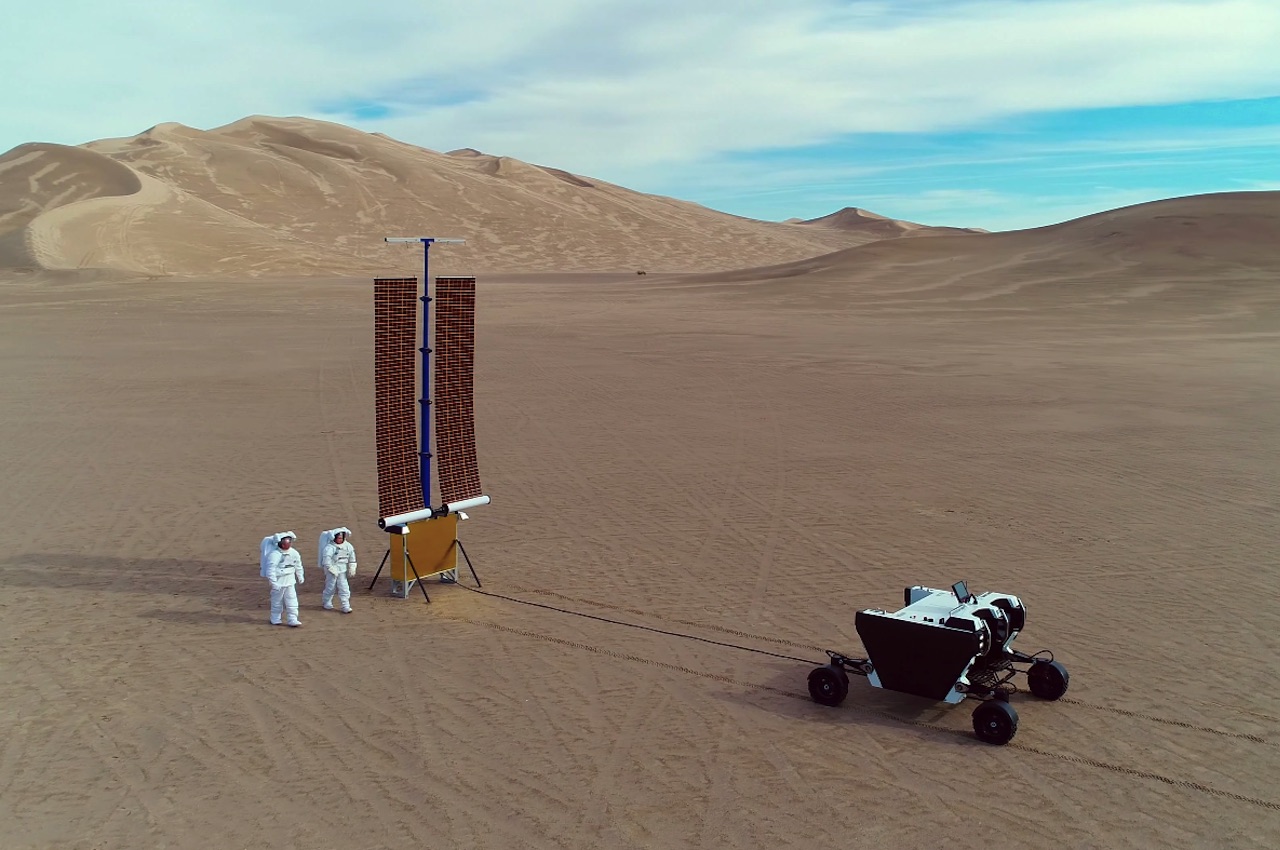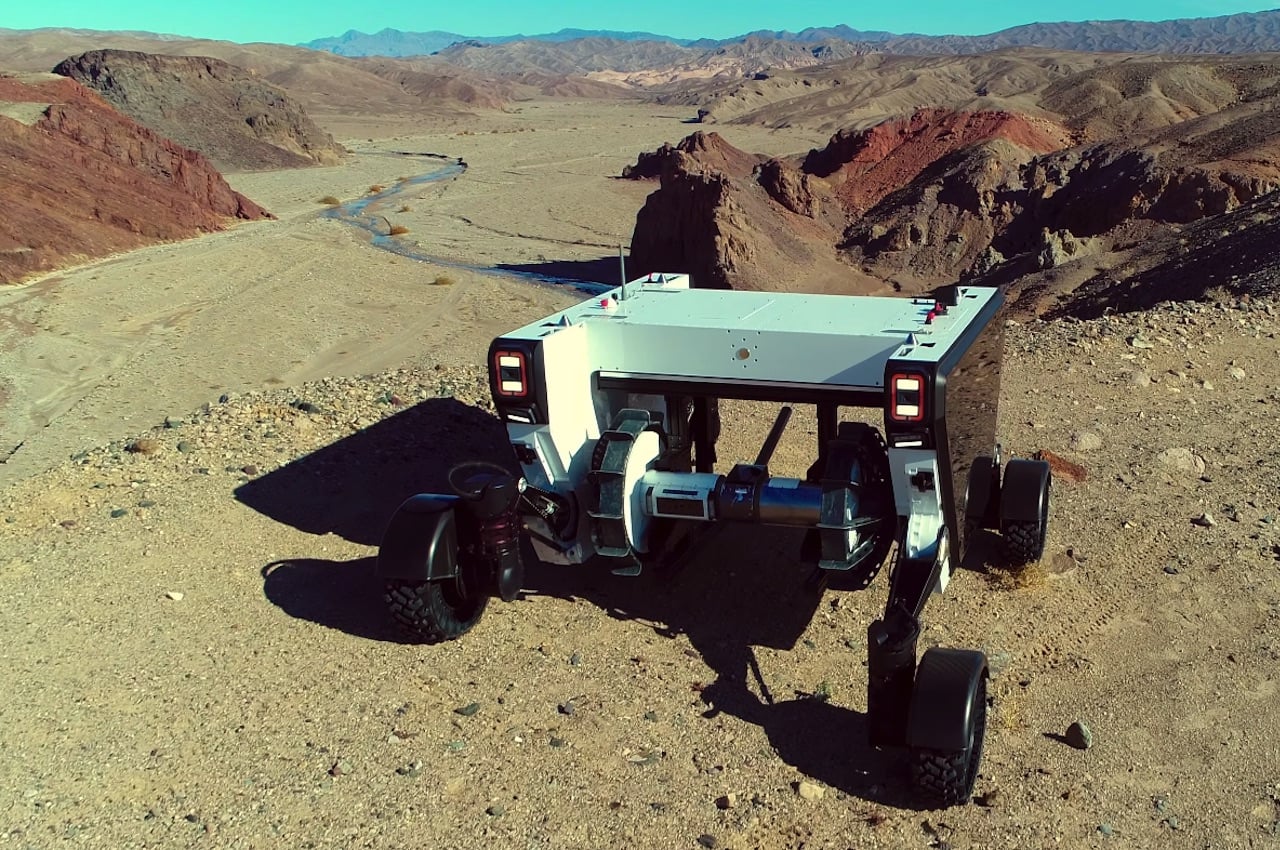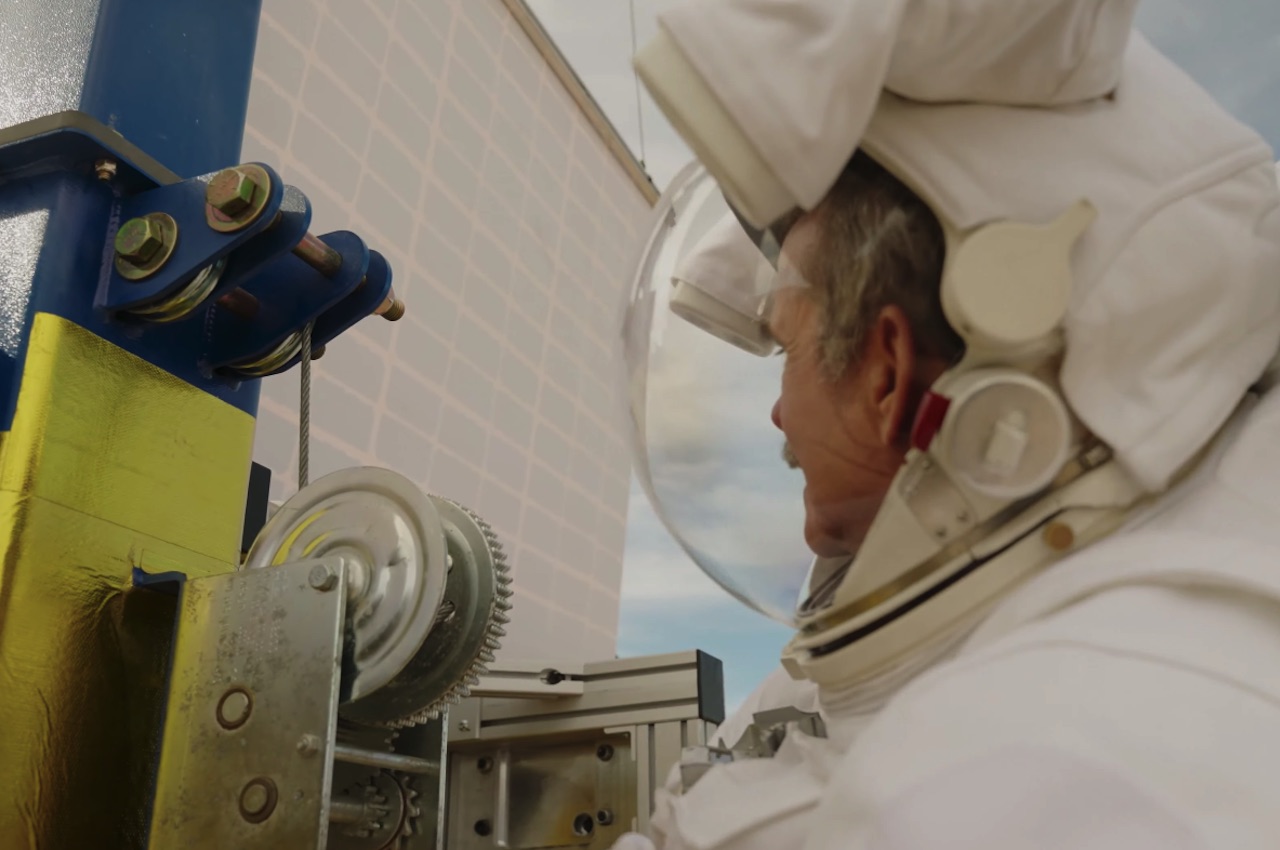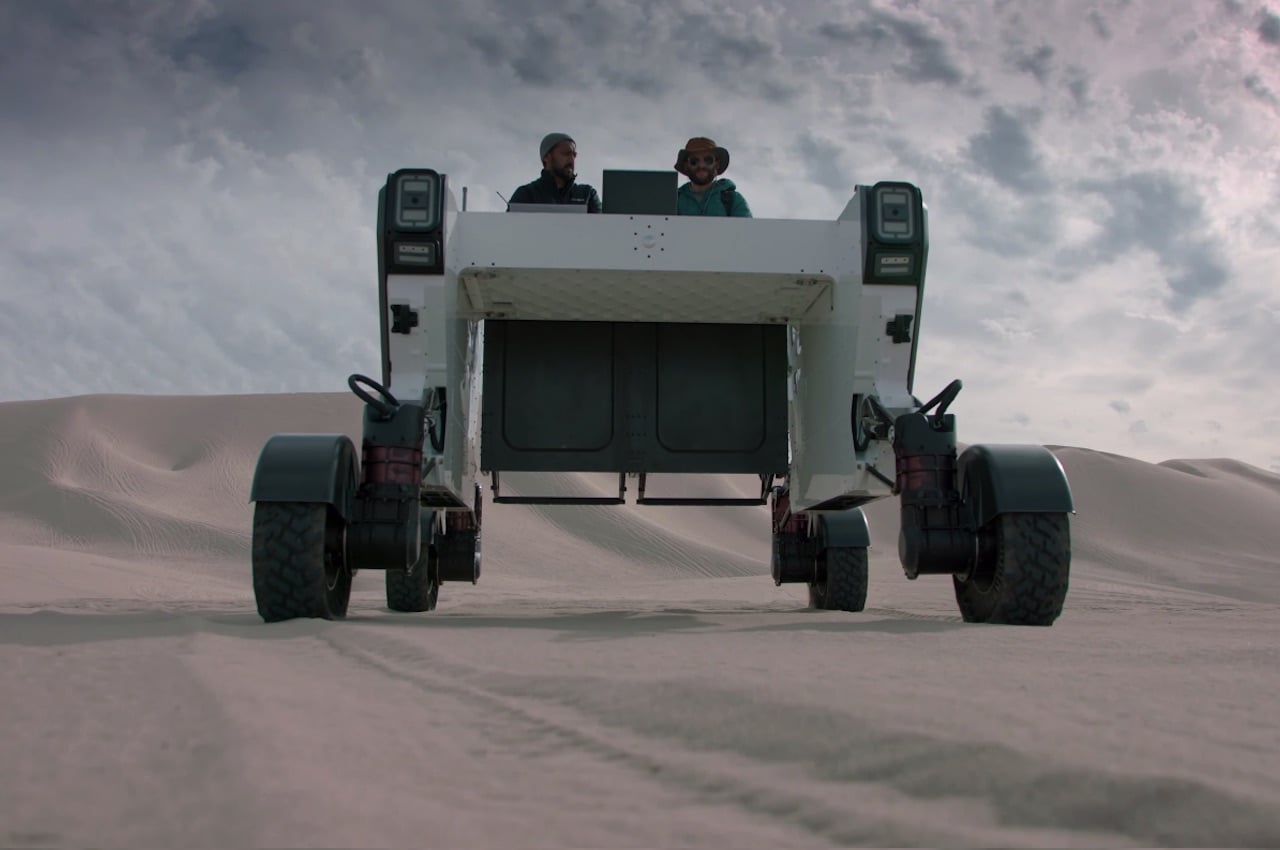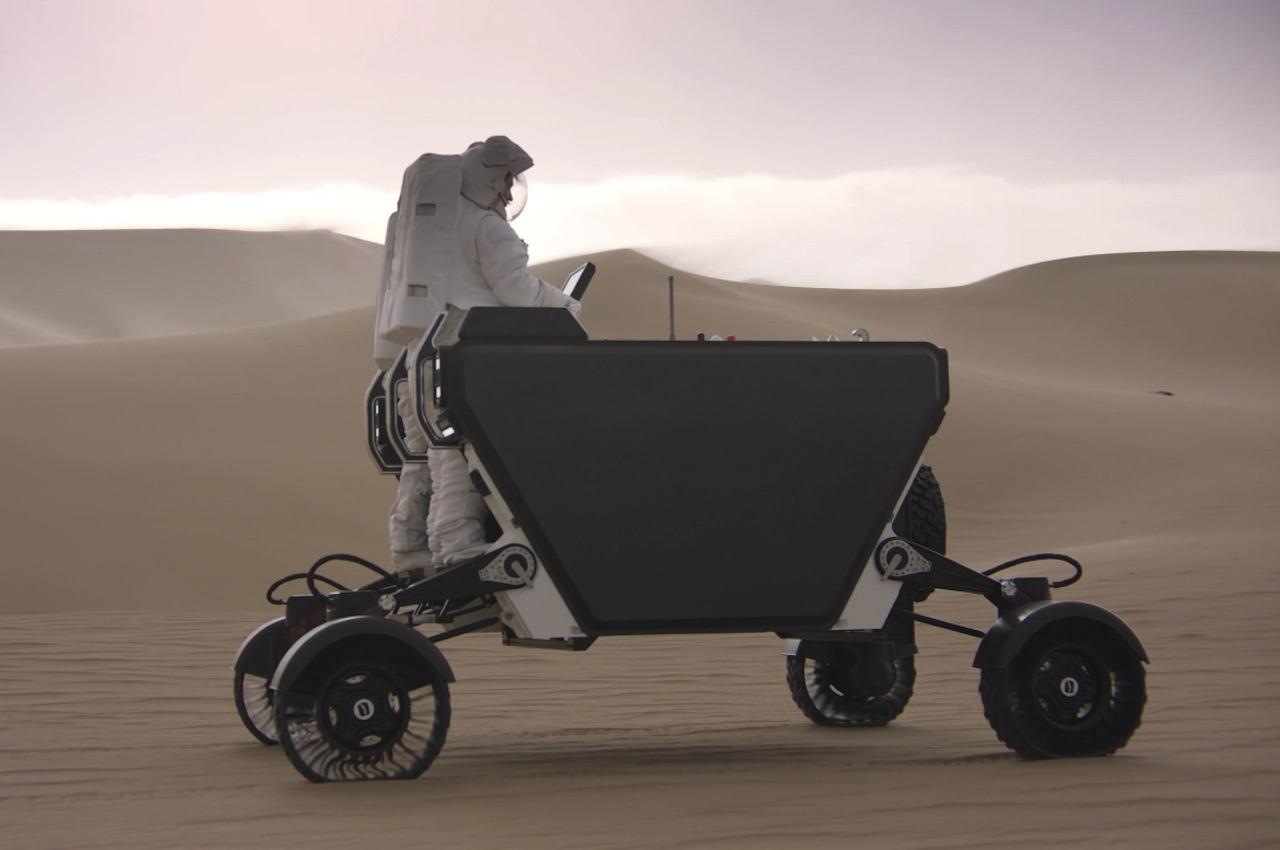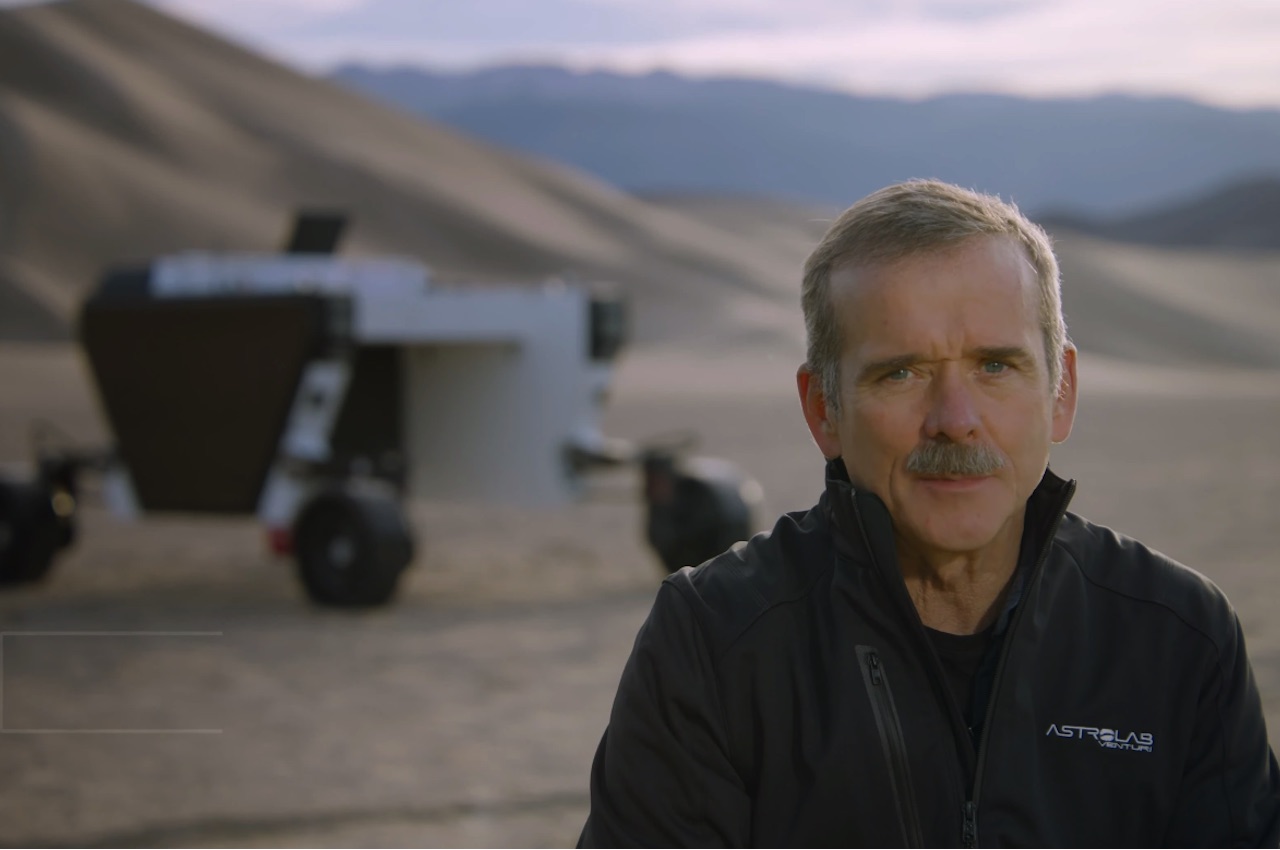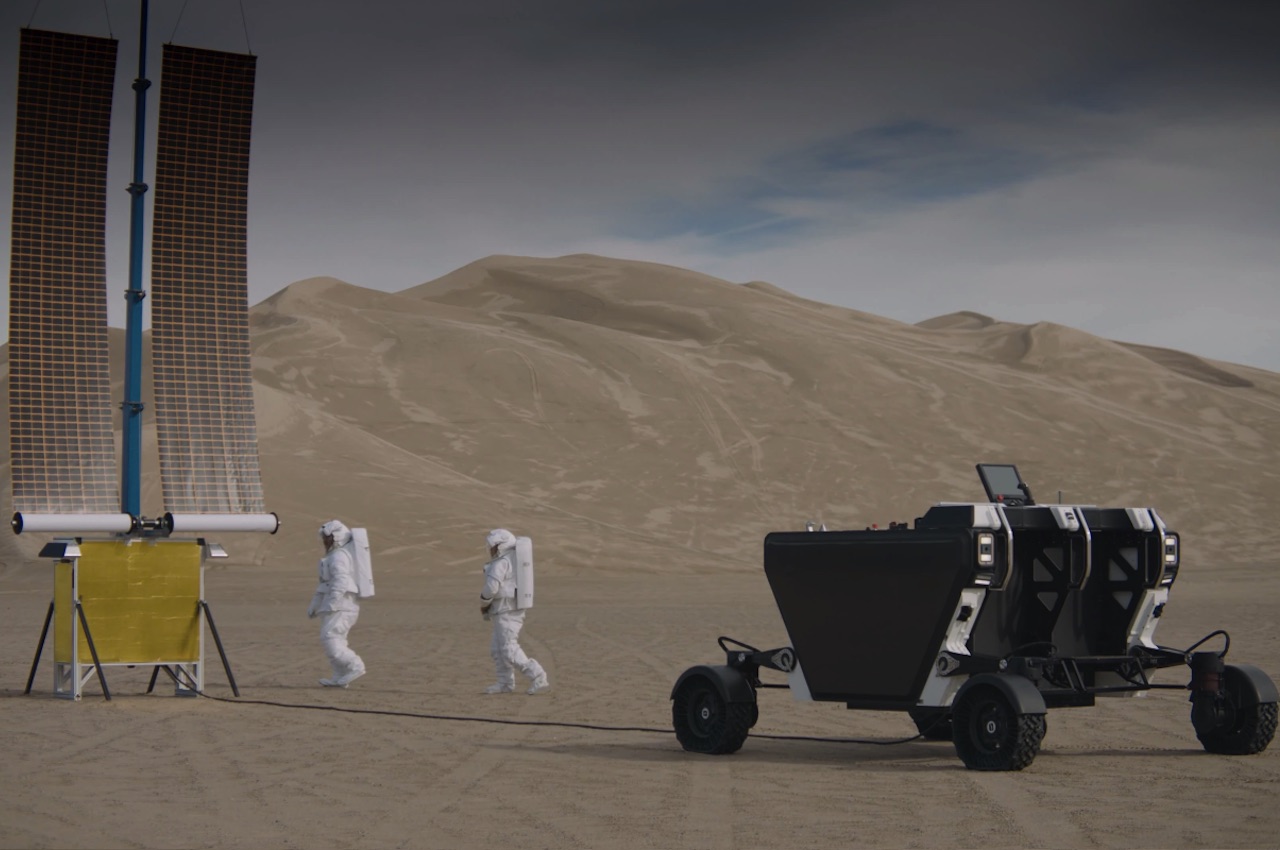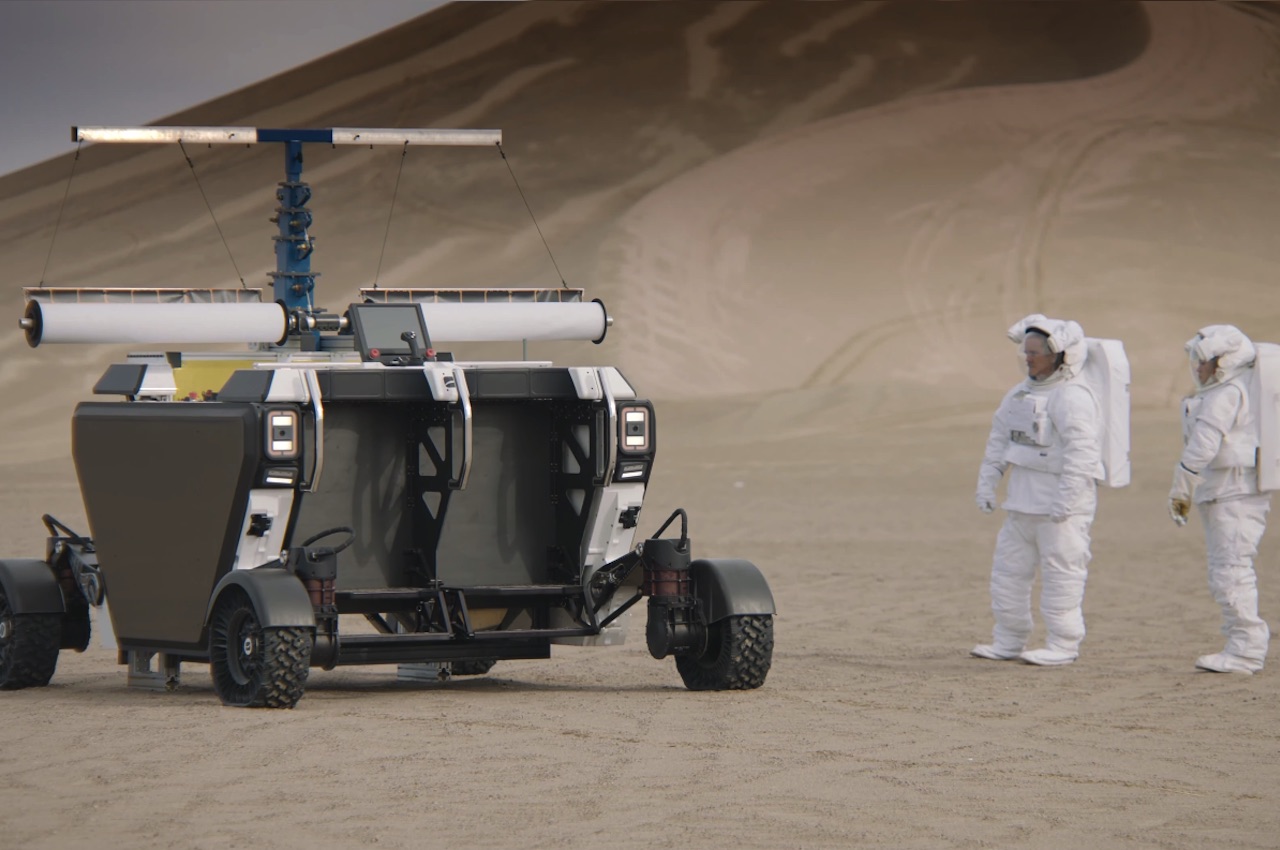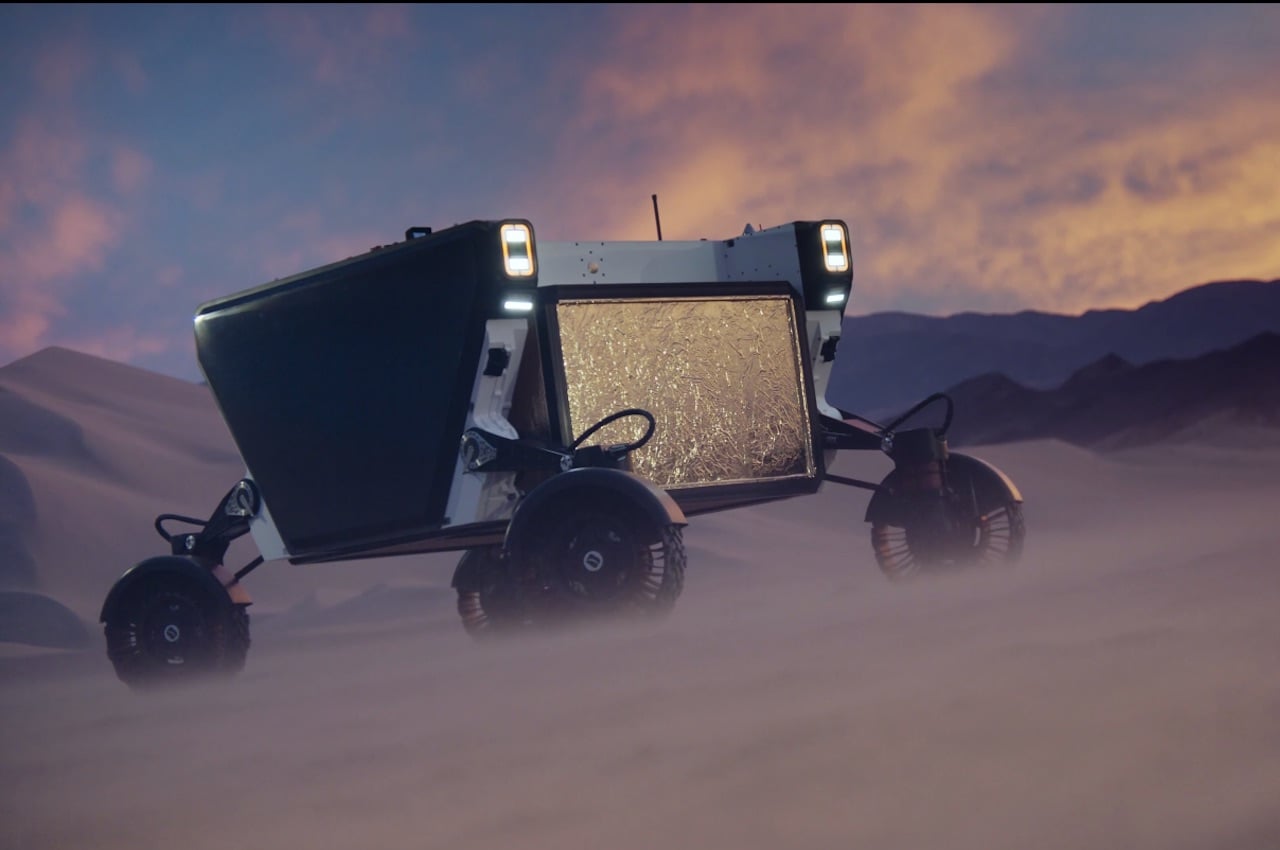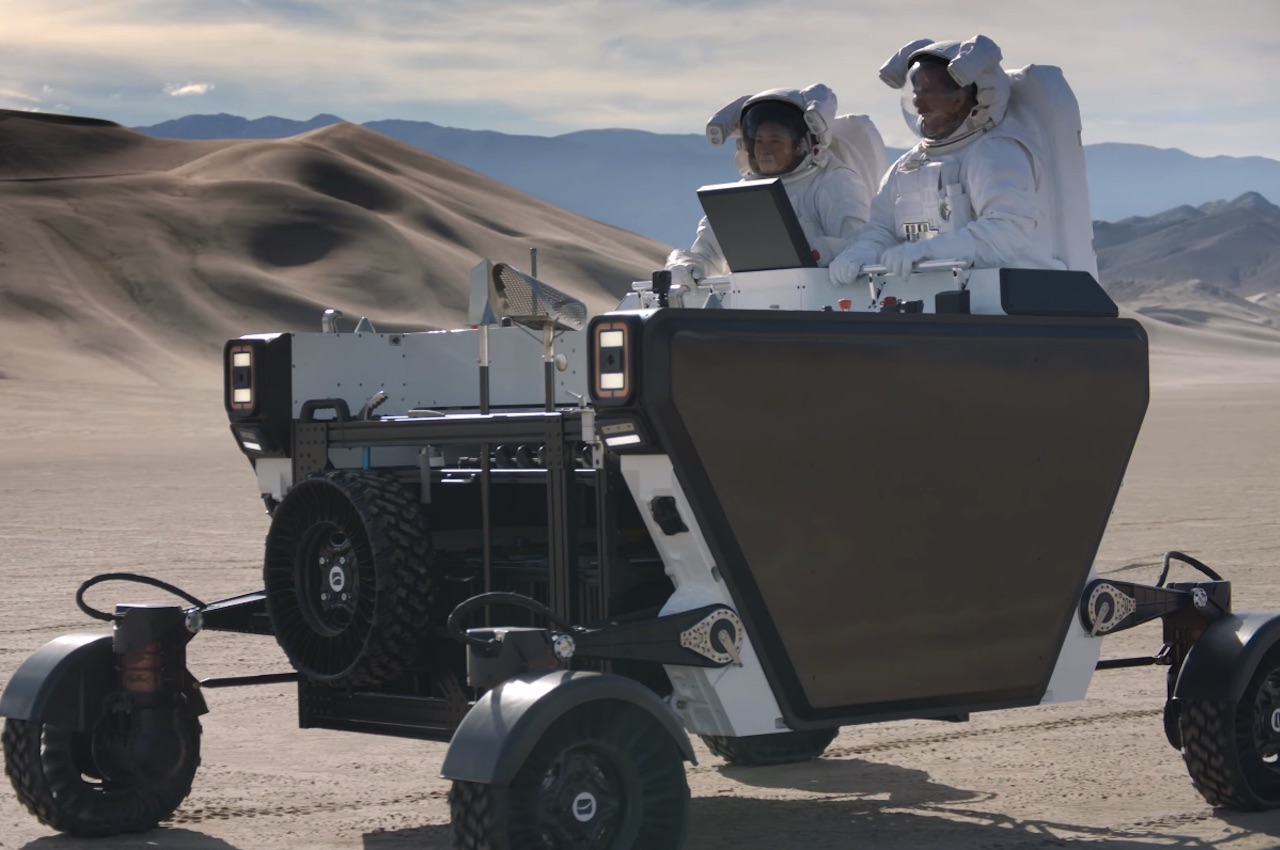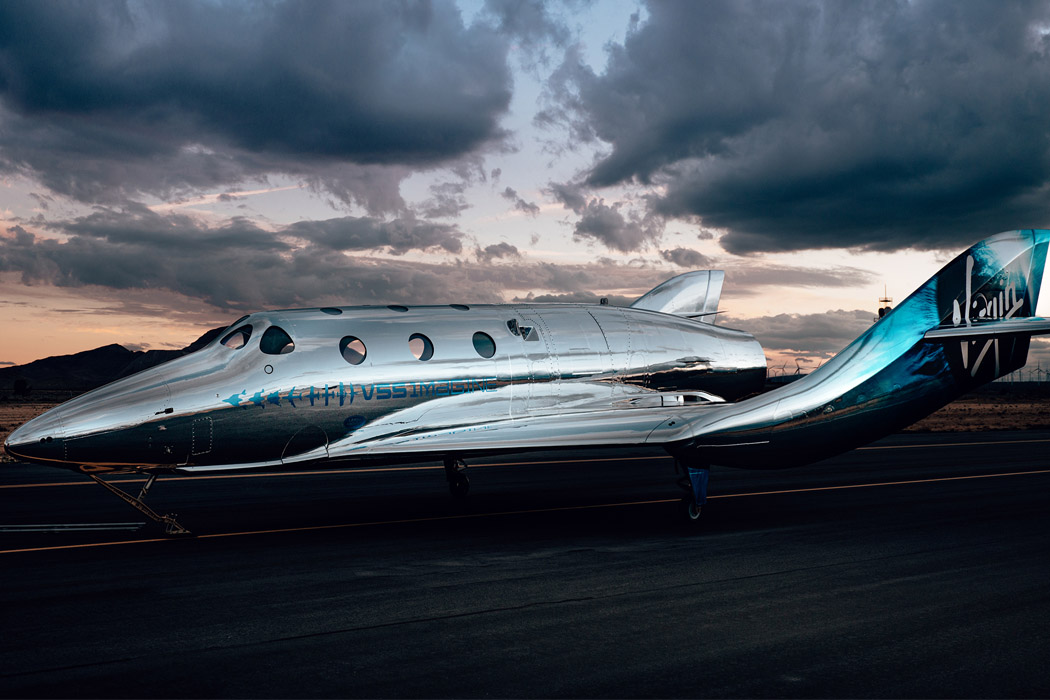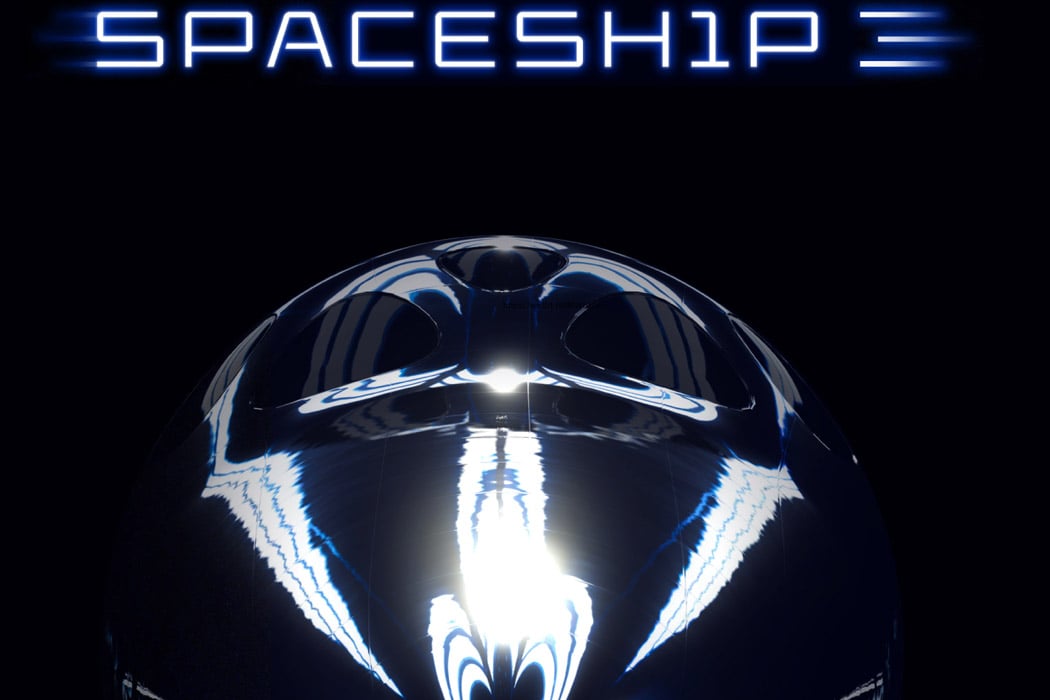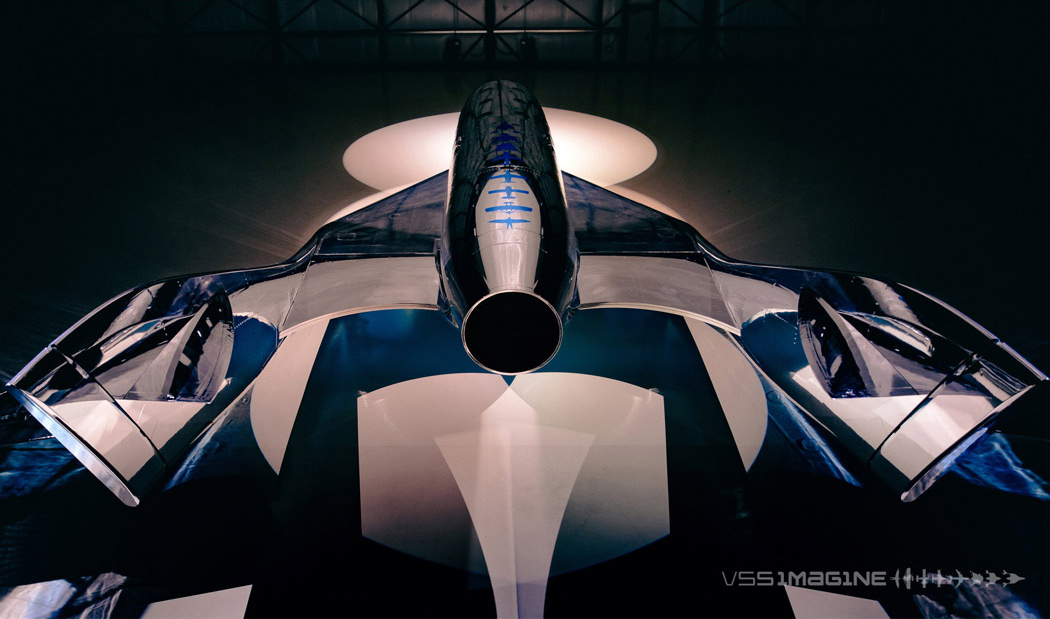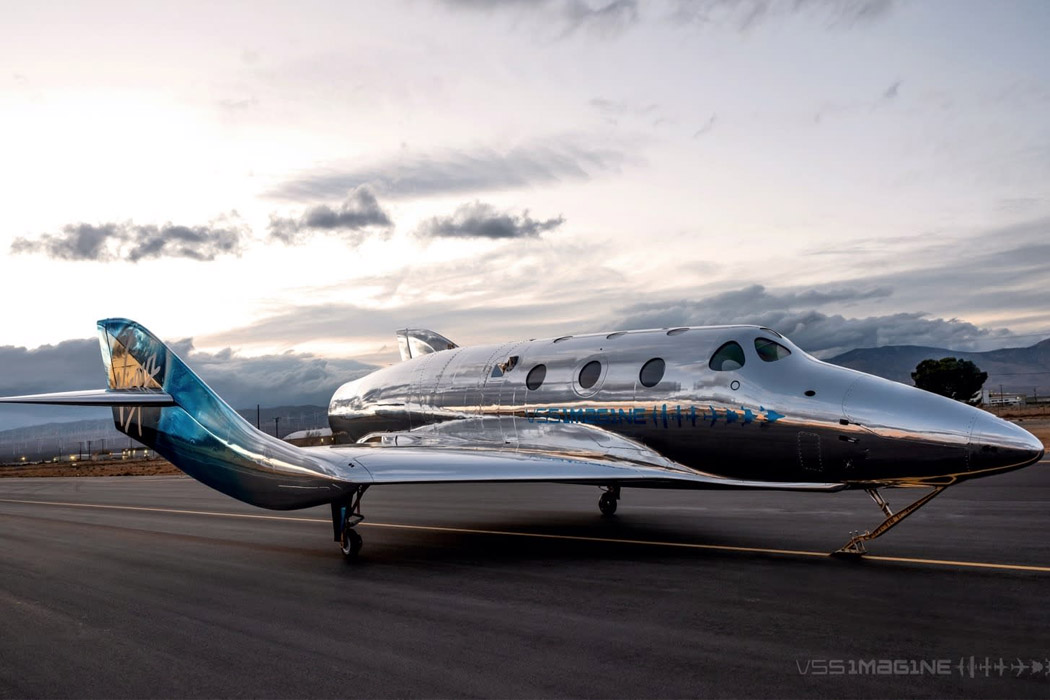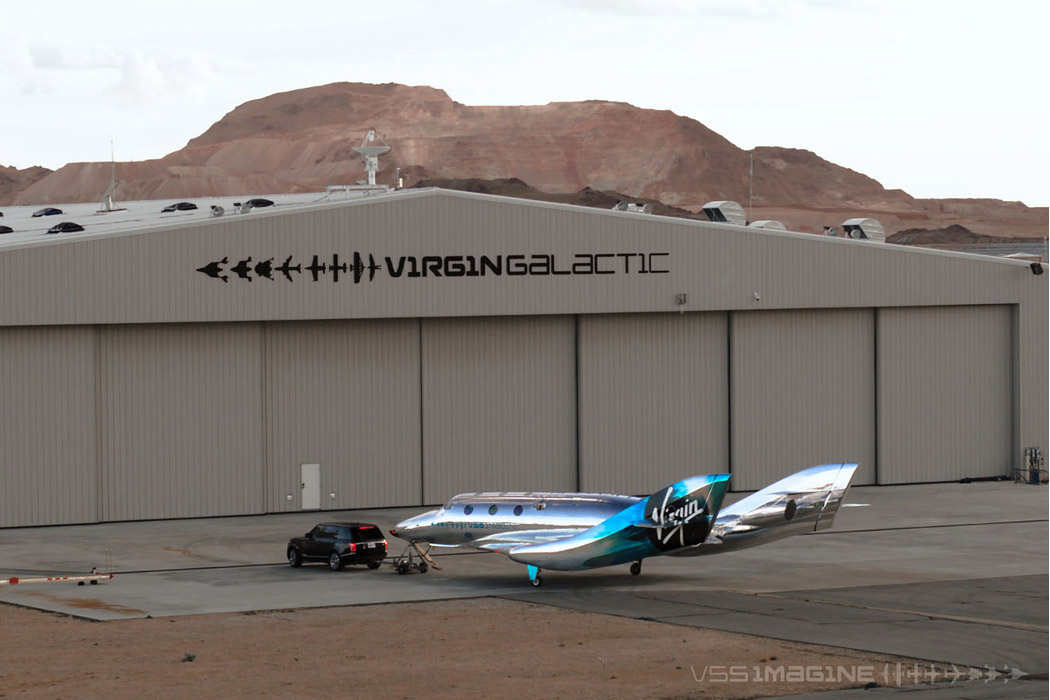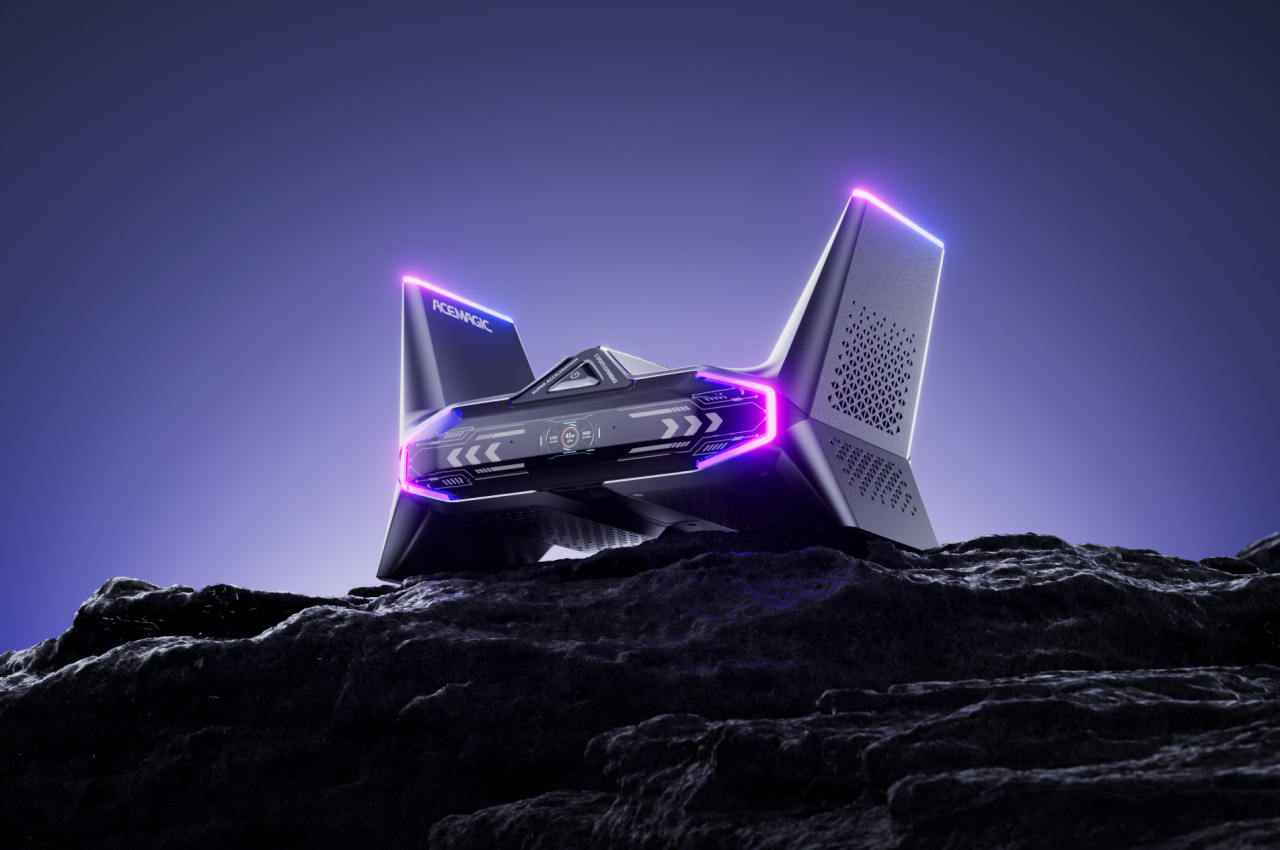
Is there a reason why desktops and even mini PCs mostly come in flat boxes? Electronics are still rigid objects, and they have to adhere to flat or similarly boxy designs with today’s engineering limitations. As such, a tower or a box is the most space-efficient container for these pieces that work together to provide all your computing needs. But what if space was less important than aesthetics, especially with today’s more compact hardware? That’s the kind of revolutionary mindset that this mini PC is trying to present with a chassis that is almost literally out of this world, looking more like a spaceship that’s ready to take off and elevate your gaming, and it does so literally as well.
Designer: ACEMAGIC
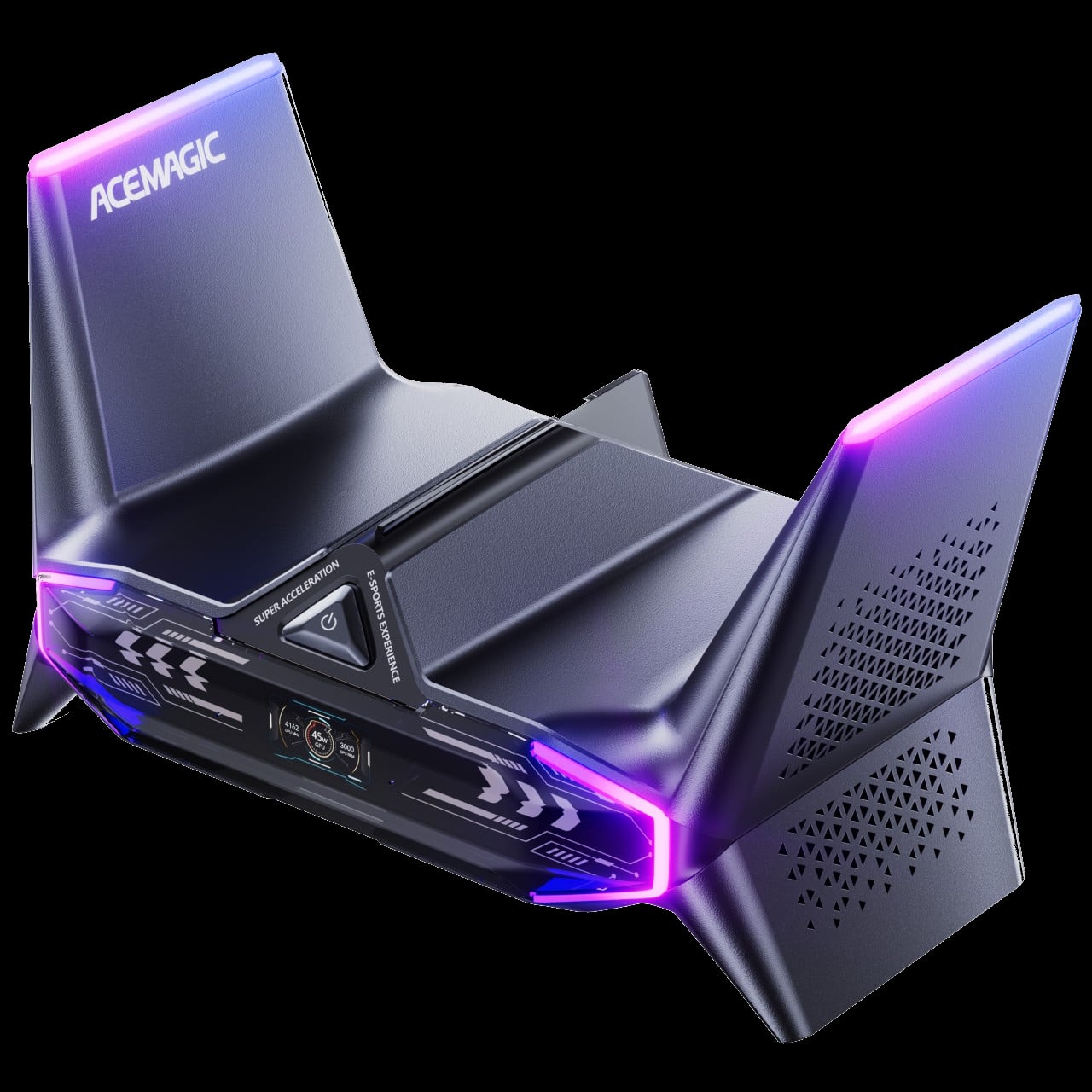
Mini PCs are no longer that alien to people’s ears, especially thanks to the popularity of the non-PC Mac mini and Mac studio. These computers emphasize compact designs that save you some desk space while still cramming as much power in a tiny boxy. That doesn’t have to be the only design available, however, especially with how small some computer components have become. After all, the latest breed of handheld gaming PCs are technically portable mini PCs, though with even bigger constraints when it comes to performance.
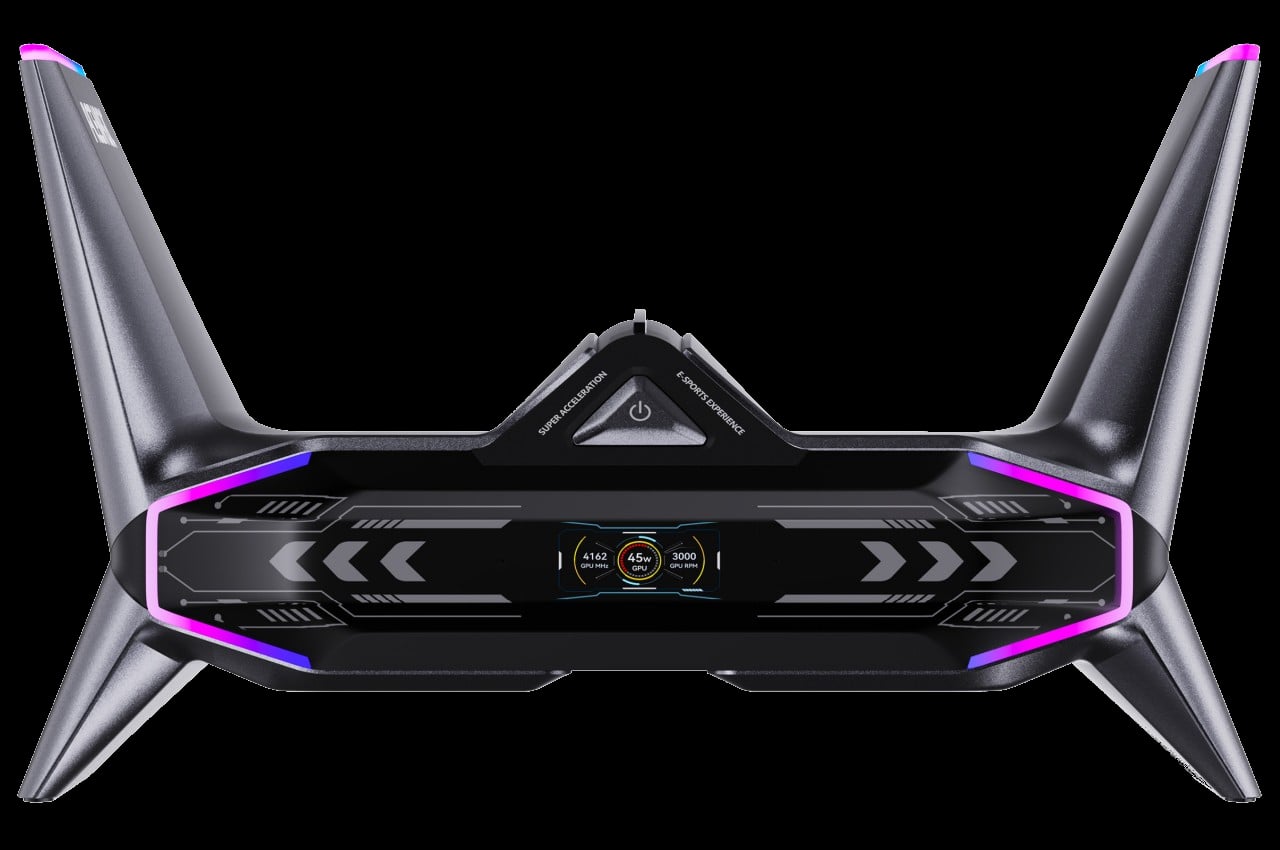
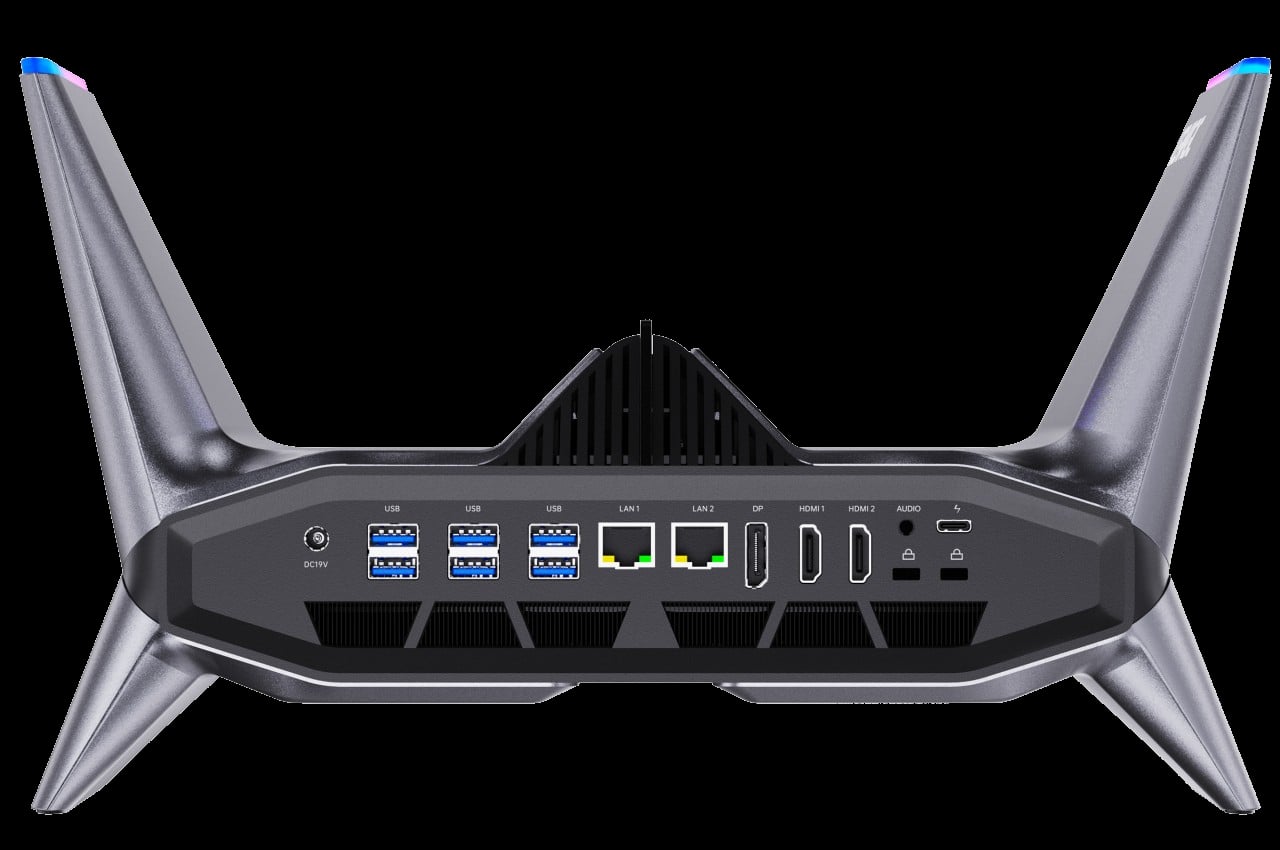
The ACEMAGIC M2A is a mini PC that throws design conventions out the door. Technically, its hardware can all fit in what would be a slim and minimalist rectangular box, but that would be boring and completely unoriginal. Instead, the company aimed to make its product stand out, almost literally, but making it look like a spacecraft similar to those you’d see on sci-fi flicks and shows. Specifically, the main body itself tapers slightly to the side and then splits upward and downward into fins. The style is largely polygonal, which matches the sci-fi theme, with LED accents in front and on the tip of the wings for added flavor.
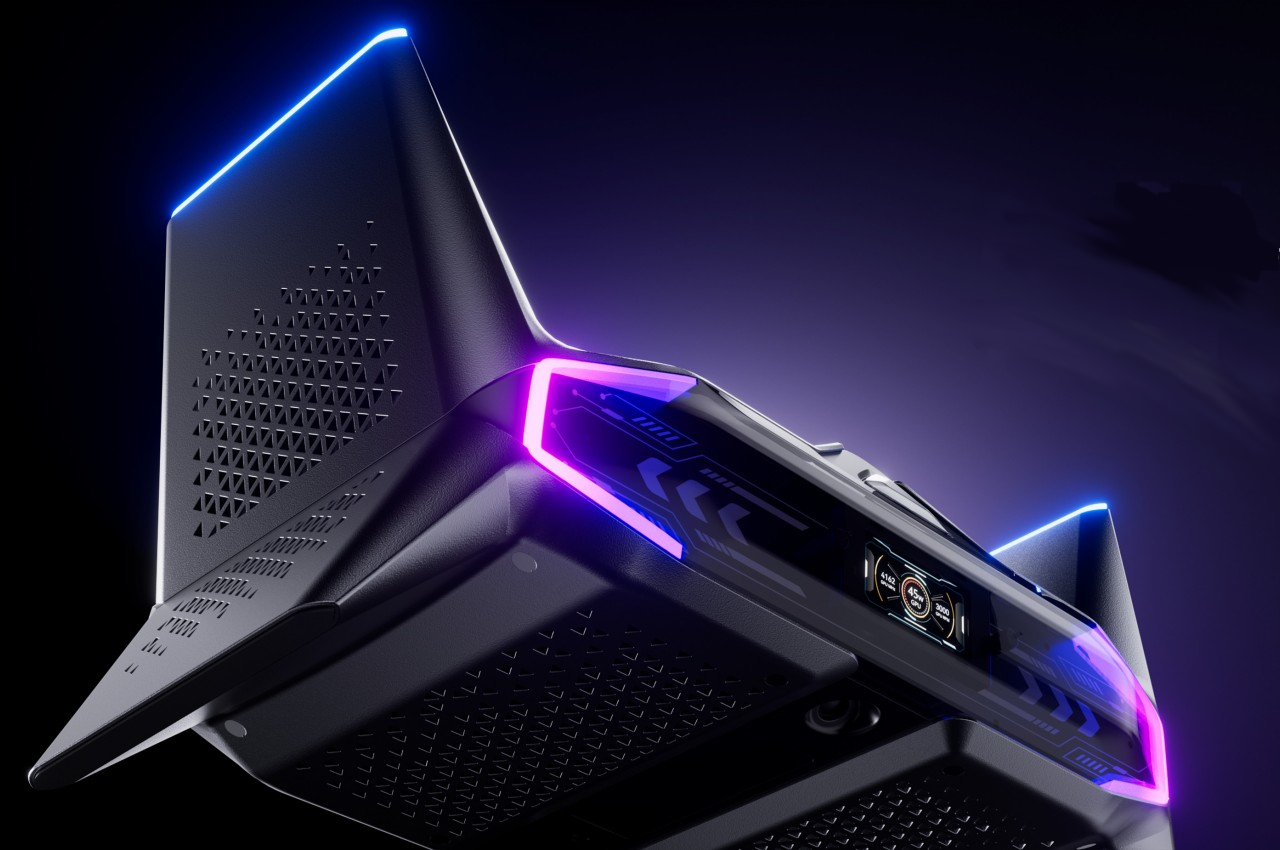
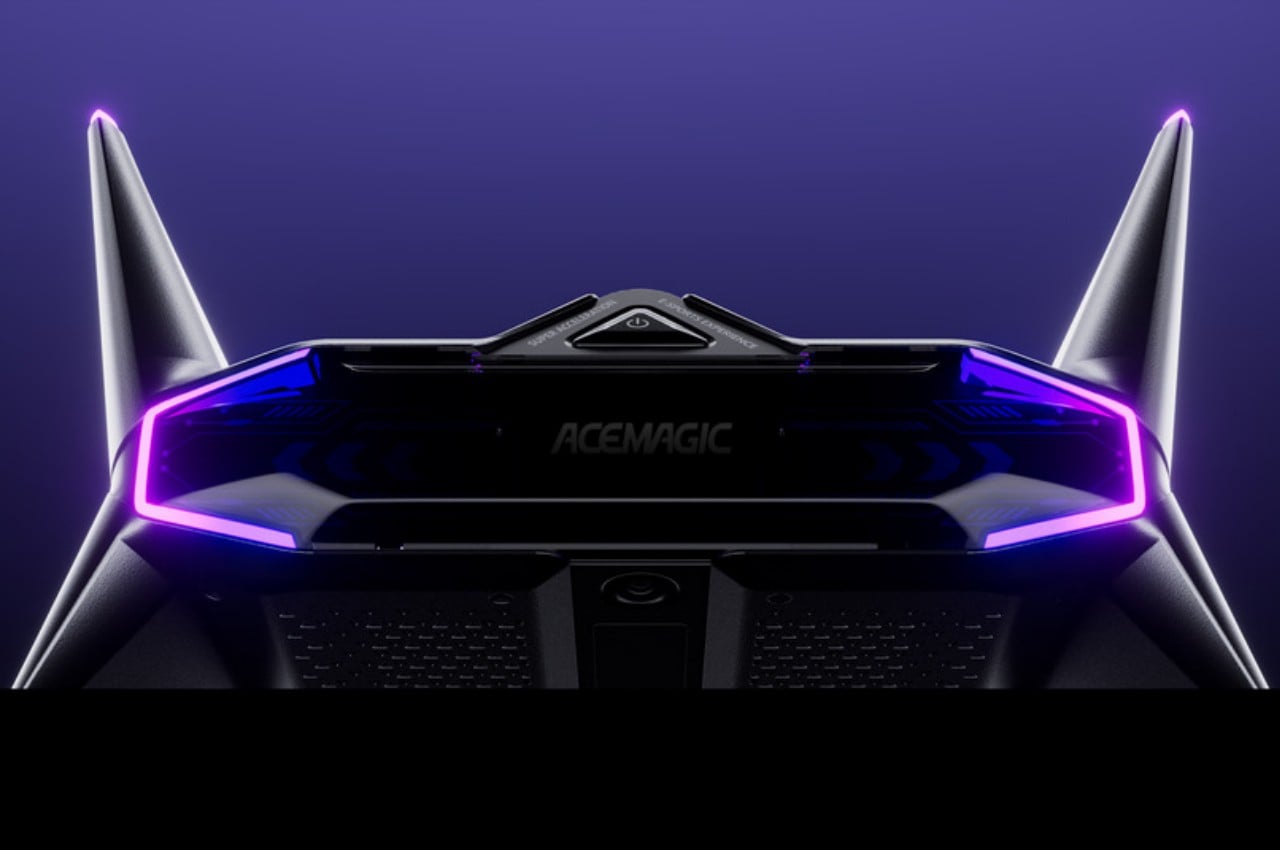
The design admittedly takes up more vertical space on your desk, and it won’t be something you can conveniently place underneath your monitor (unless that monitor is set up on an ergonomic stand or arm). It is, after all, designed more to have some visual impact rather than space savings, but it does have one practical benefit, whether intentional or not. The bottom fins act as legs that lift the mini PC up, allowing for better airflow into the bottom-mounted fans.
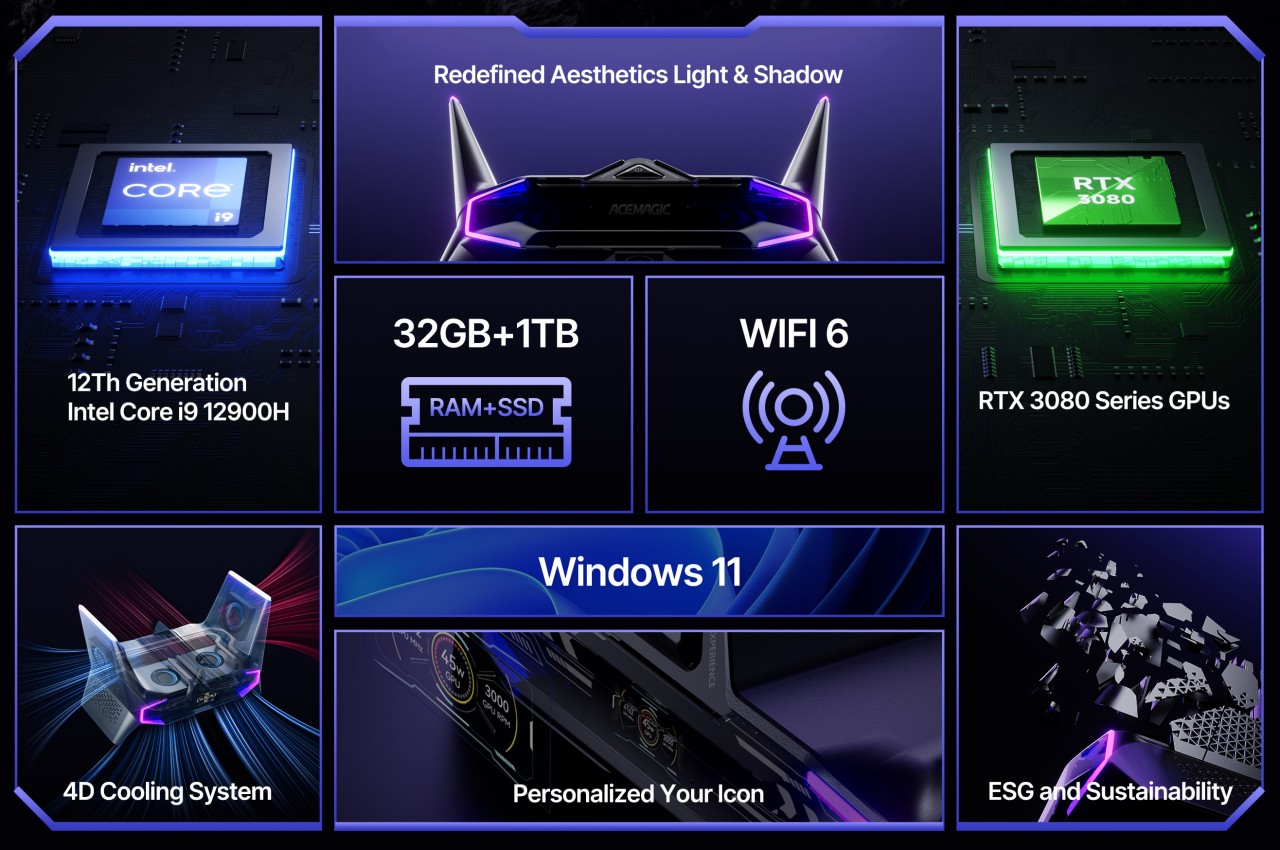
Internally, the ACEMAGIC M2A tries to be a compact gaming PC, and it seems to meet that description, depending on your needs. It practically uses hardware from 2022, so it might not be up to snuff when it comes to more demanding AAA titles today. There are definitely more powerful mini gaming PCs in the market today, ones with the latest CPUs and GPUs, which makes you wonder if this spaceship-like computer’s high price tag is really worth that distinctive design.
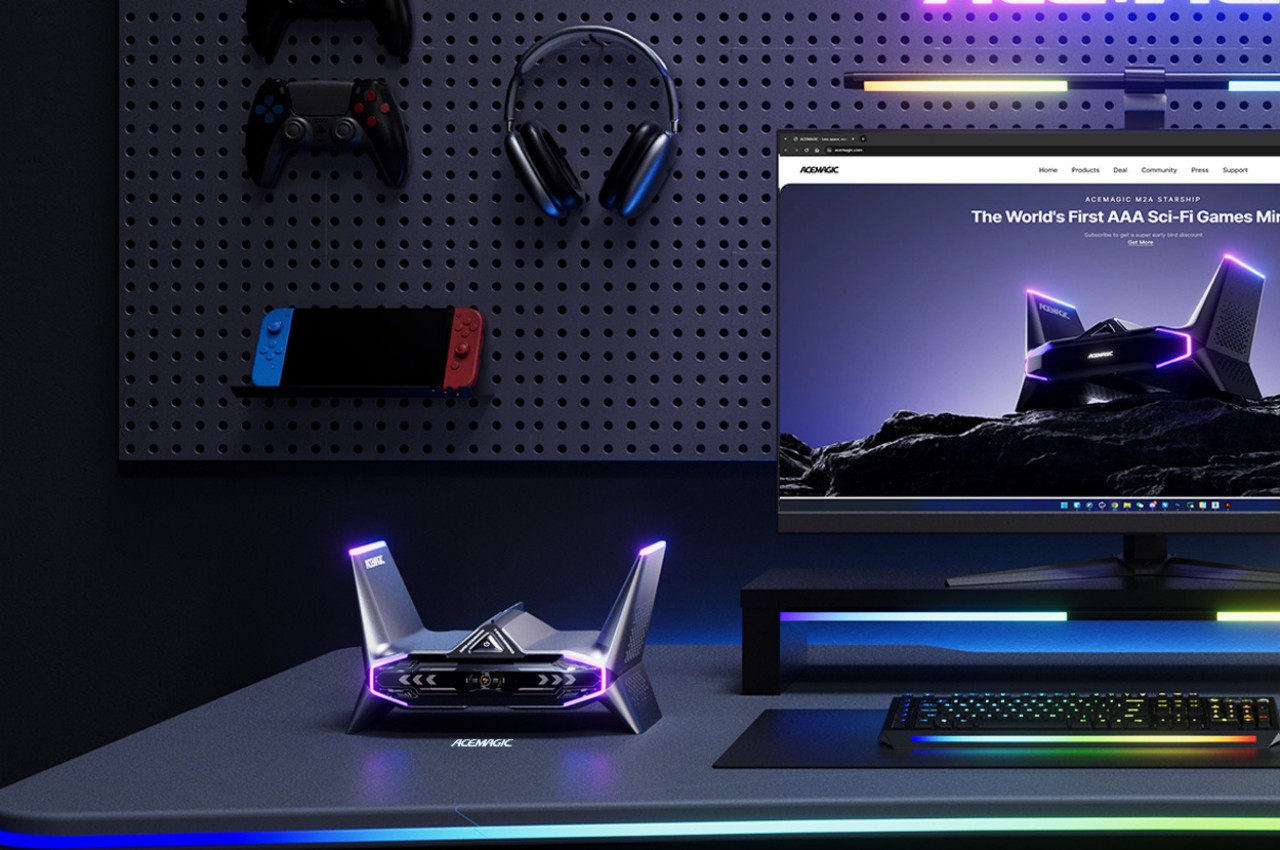
The post Futuristic mini PC is like a spaceship ready to take gaming to new heights first appeared on Yanko Design.
